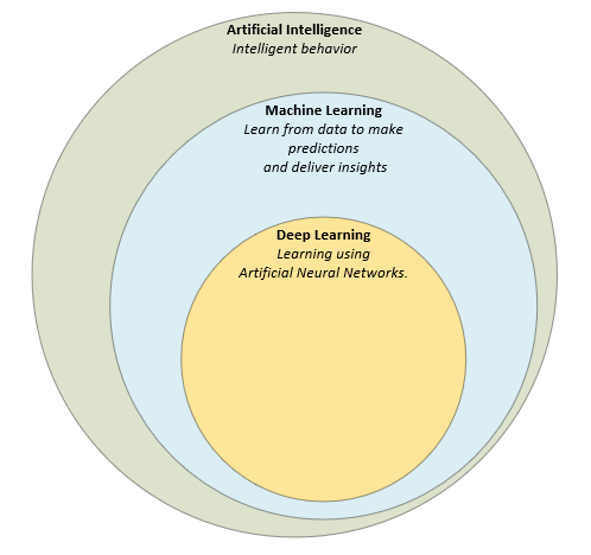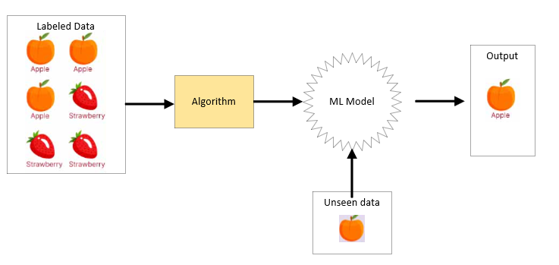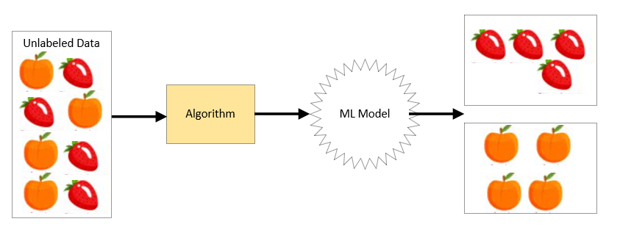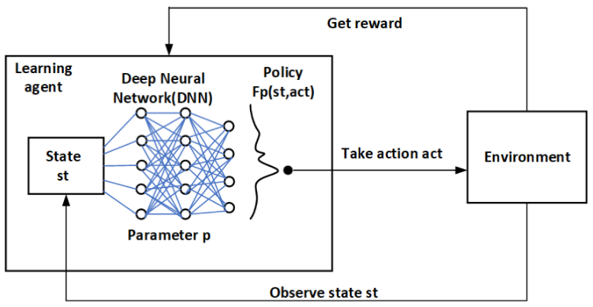What is Artificial Intelligence?
Artificial Intelligence refers to the ability of machines and computer systems to exhibit intelligent behavior and perform tasks that typically require human intelligence.
AI encompasses a broad spectrum of techniques, algorithms, and methodologies that enable machines to learn, reason, perceive, and make decisions. It aims to replicate human cognitive functions, such as problem-solving, pattern recognition, language processing, and decision-making, but with exceptional speed and accuracy.
Examples of AI:
- ChatGPT: Uses large language models (LLMs) to generate text in response to questions or comments posed to it.
- Google Translate: Uses deep learning algorithms to translate text from one language to another.
- Netflix: Uses machine learning algorithms to create personalized recommendation engines for users based on their previous viewing history.
- Tesla: Uses computer vision to power self-driving features on their cars.
- Finance: Fraud detection is a notable use case for AI in the finance industry.
- Healthcare: AI-powered robotics could support surgeries close to highly delicate organs or tissue to mitigate blood loss or risk of infection.
What is Weak AI and AGI:
Weak AI: This is the type of AI that exists today. It operates within a limited context and is a simulation of human intelligence applied to a narrowly defined problem (like self-driving cars, Siri, Alexa, language translations, playing chess, recommending songs).
AGI: This is also known as “Strong AI” or Artificial General Intelligence. This is the kind of AI that can solve problems it’s never been trained to work on — much like a human can. Strong AI aims to create intelligent machines that are indistinguishable from the human mind. But just like a child, the AI machine would have to learn through input and experiences, constantly progressing and advancing its abilities over time.
What is AI, Machine Learning and Deep Learning:

AI is the concept of creating smart intelligent machines. AI is the broadest term, encompassing any machine that can simulate human intelligence.
Machine Learning is a method of training the features of an AI-powered application. It involves the development of algorithms that enable machines to learn from data.
Deep learning is a type of Machine learning based on using of artificial neural networks to learn complex patterns and make accurate predictions from data.
Major areas of Artificial Intelligence:
- Machine Learning (ML): ML is a subset of AI that focuses on enabling machines to learn from data without explicit programming. Through algorithms and statistical models, machines can analyze vast amounts of data, identify patterns, and make predictions or decisions.
- Natural Language Processing (NLP): NLP allows machines to understand and interpret human language, both written and spoken. It facilitates tasks like language translation, sentiment analysis, and voice recognition, enabling seamless human-machine interaction.
- Computer Vision: Computer vision enables machines to comprehend and interpret visual information from images or videos. It has applications in object recognition, facial recognition, autonomous vehicles, and medical diagnostics.
- Robotics: Robotics integrates AI with physical systems, enabling machines to interact with the physical world. Robots equipped with AI capabilities can perform tasks like assembly, logistics, exploration, and even surgical procedures.
What is machine learning?
ML is the process of training a piece of software on data, called a model, to make useful predictions or generate content from data. Let’s take an example of Email Spam Classification-
Traditional Approach: we create explicit rules to identify spam emails. These rules might include checking for specific keywords (e.g., “free,” “discount,” “urgent”) or patterns (e.g., excessive use of exclamation marks). The system flags emails that match these rules as spam.
Machine Learning Approach:
- Collect a labeled dataset of emails (spam vs. non-spam).
- Extract relevant features from the emails (e.g., presence of certain words, length of email, sender domain etc.).
- Use machine learning algorithms to learn from the labeled data. Use machine learning algorithms to learn from the labeled data.
Data in Machine Learning:
- Data is a crucial component in the field of Machine Learning.
- The quality and quantity of data available for training and testing play a significant role in determining the performance of a machine-learning model.
- Data can be in various forms such as numerical, categorical, or time-series data, and can come from various sources such as databases, spreadsheets.
- Machine learning algorithms use data to learn patterns and relationships between input variables and target outputs, which can then be used for prediction or classification tasks.
- Data is typically divided into two types: Labeled data & Unlabeled data.
- Labeled data includes a label or target variable that the model is trying to predict.
- Unlabeled data does not include a label or target variable.
Types of Machine Learning systems:
ML systems fall into one or more of the following categories based on how they learn to make predictions or generate content:
- Supervised learning
- Unsupervised learning
- Reinforcement learning
- Generative AI
Supervised Learning:
- Supervised learning models can make predictions after seeing lots of data with the correct answers and then discovering the connections between the elements in the data that produce the correct answers.
- These ML systems are “supervised” in the sense that a human gives the ML system data with the known correct results.

Unsupervised Learning:
- Unsupervised learning models make predictions by being given data that does not contain any correct answers. An unsupervised learning model’s goal is to identify meaningful patterns among the data. In other words, the model has no hints on how to categorize each piece of data, but instead it must infer its own rules.
- A commonly used unsupervised learning model employs a technique called clustering. The model finds data points that demarcate natural groupings.

Reinforcement Learning:
- Reinforcement learning models make predictions by getting rewards or penalties based on actions performed within an environment. A reinforcement learning system generates a policy that defines the best strategy for getting the most rewards.
- The agent takes actions, receives feedback in the form of rewards or penalties, and adjusts its strategy accordingly.
- Reinforcement learning is used to train robots to perform tasks, like walking around a room, Robo Vacuums, Self driving cars and games.

Generative AI:
- Generative AI is a class of models that creates content from user input. For example, generative AI can create novel images, music compositions, and jokes; it can summarize articles, explain how to perform a task, or edit a photo.
- Generative AI can take a variety of inputs and create a variety of outputs, like text, images, audio, and video. It can also take and create combinations of these. For example, a model can take an image as input and create an image and text as output or take an image and text as input and create a video as output.
We can discuss generative models by their inputs and outputs, typically written as “type of input”-to-“type of output.” For example, the following is a partial list of some inputs and outputs for generative models:
- Text-to-text
- Text-to-image
- Text-to-video
- Text-to-code
- Text-to-speech
- Image and text-to-image
I tried to explain broader picture of AI landscape. I hope this helps to get the understanding of AI, its different areas and uses.
